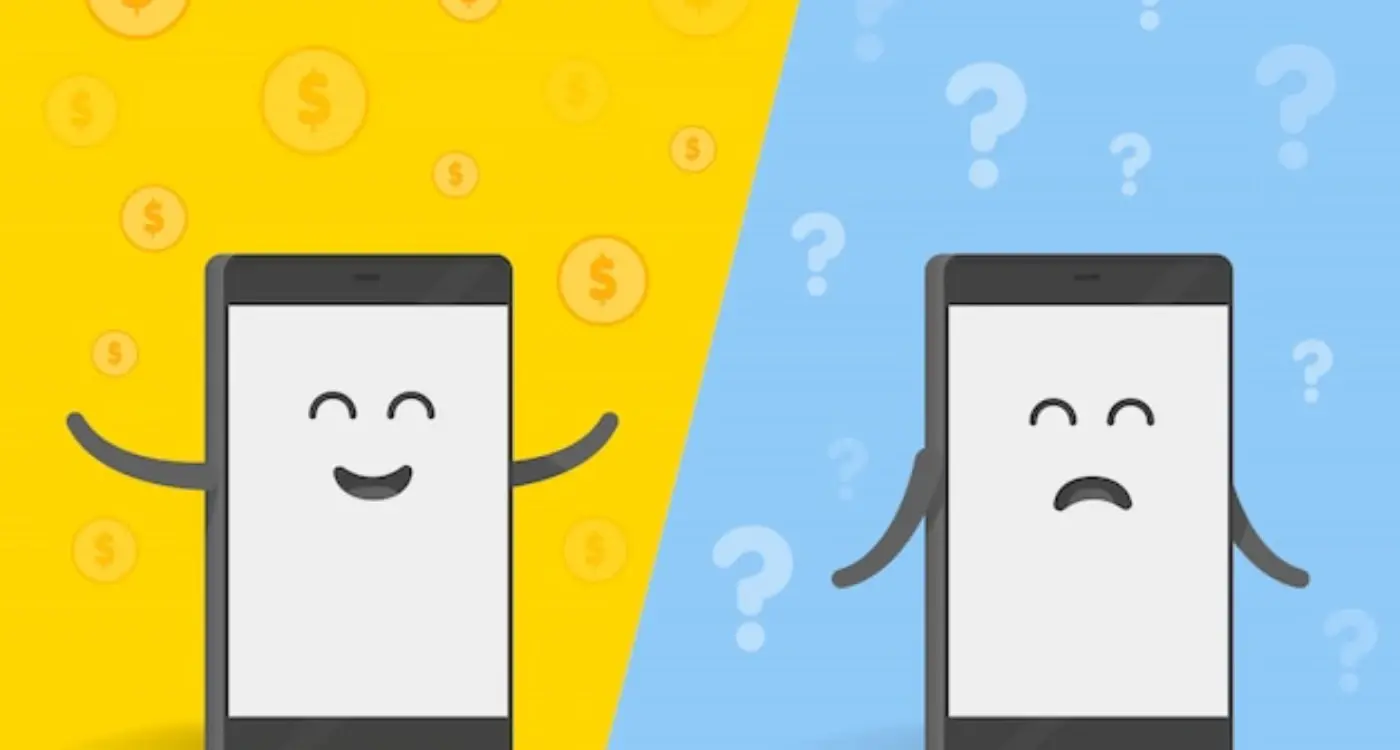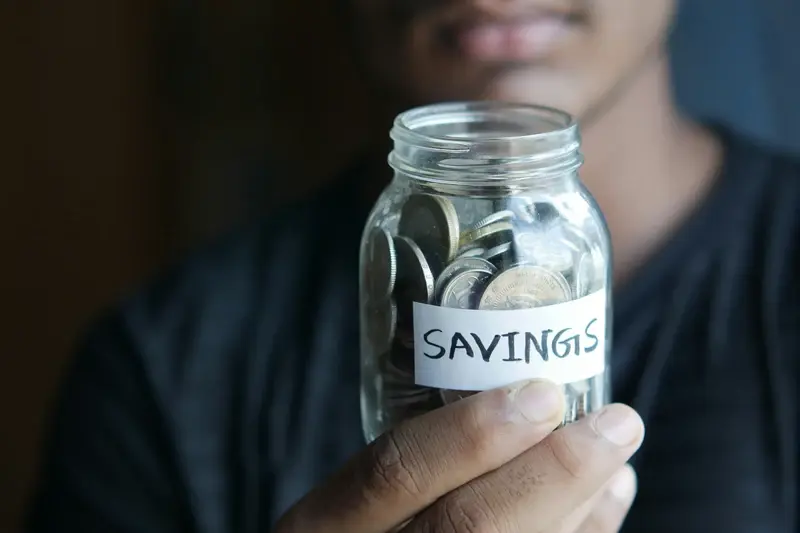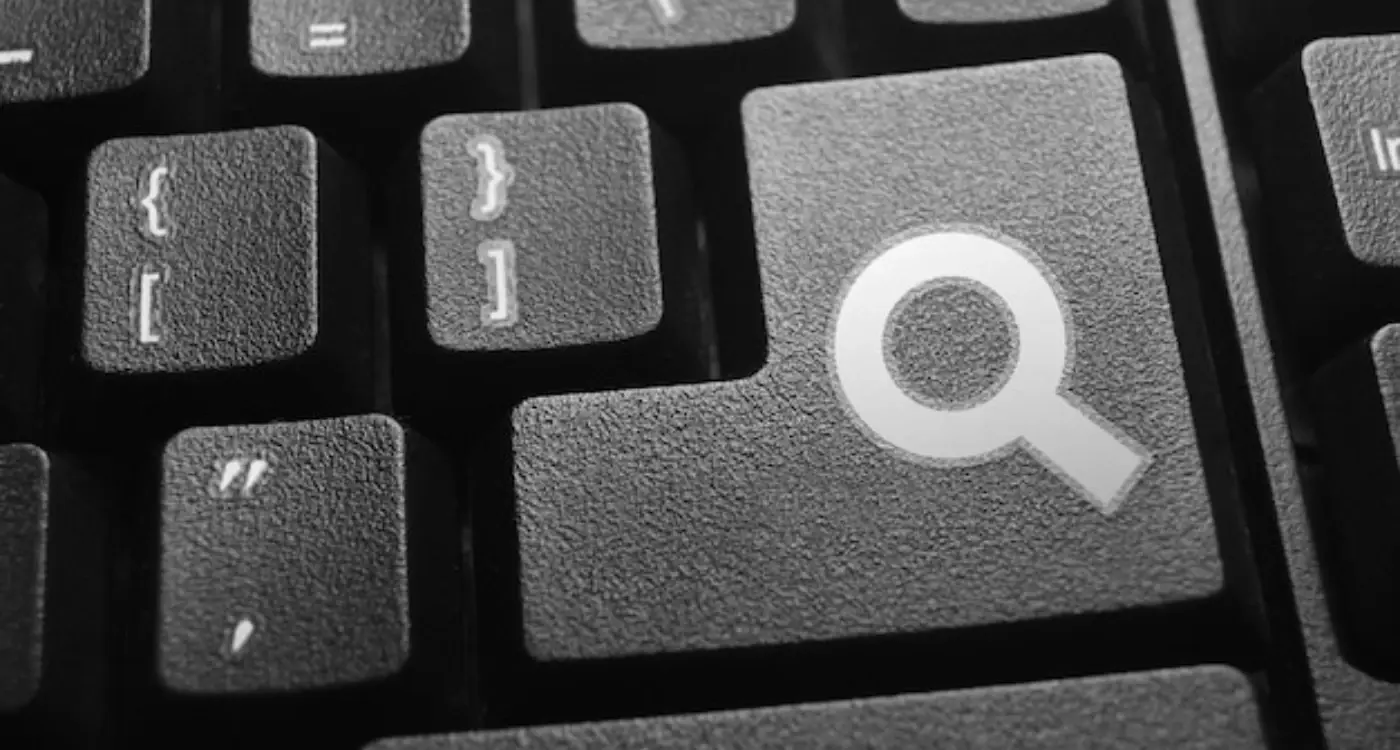How Much Does Psychology Driven App Development Cost?
I've been designing and developing mobile apps for over eight years now, and one question keeps popping up in client meetings: how much does it actually cost to build an app that really understands users? Not just any app—one that taps into psychology and human behaviour to create something people genuinely want to use. The answer isn't straightforward, and that's precisely why we've put together this guide.
Psychology-driven app development isn't just about making things look pretty or adding fancy animations. It's about understanding why people behave the way they do, what motivates them to tap that button, and how we can design experiences that feel natural and rewarding. This approach costs more upfront—there's no getting around that—but the payoff in user engagement and retention is usually worth every penny.
The most expensive app you can build is one that nobody uses
Throughout this guide, we'll break down app development cost UK rates, explore psychology app development pricing, and examine behavioural design cost factors that many agencies don't mention until it's too late. Whether you're a startup founder with a brilliant idea or an established business looking to create something meaningful, understanding these costs upfront will save you headaches later. Let's get started.
Understanding Psychology in App Design
Psychology in app design isn't some fancy buzzword—it's about understanding how people think and behave when they use apps. I've watched countless brilliant app ideas fail simply because the developers forgot one simple truth: people are predictable in surprisingly specific ways. We tap, swipe, and scroll based on habits we don't even realise we have.
Think about your favourite app for a moment. Why do you keep going back to it? Is it just because it works well, or is there something deeper pulling you in? That's psychology at work. The colours make you feel calm or excited; the sounds give you little hits of satisfaction; the layout guides your eyes exactly where the designers want them to go.
The Emotional Side of Apps
Every tap on your screen triggers an emotion, whether you notice it or not. Good psychology-driven design makes people feel confident, curious, or accomplished. Poor design leaves them confused, frustrated, or—worst of all—bored. When we build apps at Glance, we spend time understanding these emotional triggers because they determine whether someone uses your app once or becomes completely hooked.
Beyond Pretty Interfaces
Psychology-driven design goes much deeper than making things look nice. It's about predicting what someone will want to do next and making that action feel obvious and rewarding. This approach costs more upfront but saves money in the long run because you'll need fewer updates and fixes when people actually understand how to use your app.
The Building Blocks of Behavioural Design
When I explain behavioural design to clients, I like to break it down into three main components that work together to influence how people use apps. Think of these as the foundation stones that support everything else you'll build on top.
The Psychology Triggers
These are the mental shortcuts our brains use to make decisions quickly. They include things like social proof (showing what other users are doing), scarcity (limited time offers), and reciprocity (giving something before asking for something back). Each trigger costs different amounts to implement—some are just clever copy changes, others need complex backend systems.
User Flow Optimisation
This is about making the path through your app feel natural and rewarding. We design each step to gently guide users towards the actions we want them to take, without making it feel forced or manipulative. Aligning app features with business goals requires this careful balance between user psychology and commercial objectives.
- Onboarding sequences that reduce friction
- Progress indicators that motivate completion
- Reward systems that encourage return visits
- Personalisation that makes users feel special
Start with just two or three behavioural design elements in your first version. You can always add more sophisticated psychology features later as your budget allows.
The key thing to understand about behavioural design cost is that it's not just about adding features—it's about designing your entire app around how people actually think and behave. That means more planning time upfront, but it pays off with better user engagement.
UK App Development Pricing Breakdown
Right, let's talk numbers—because I know that's what you're really here for! After working with clients across the UK for years, I can tell you that app development costs vary wildly depending on what you're building. A basic app with simple psychology features might start around £15,000 to £25,000, but don't get too excited just yet.
Simple vs Complex Psychology Features
Here's where it gets interesting. Adding behavioural design elements isn't just a case of ticking a box and adding £5,000 to your quote. A simple gamification system with points and badges? You're looking at an extra £3,000 to £8,000. But if you want sophisticated user behaviour tracking, personalised content delivery, and adaptive interfaces that respond to user psychology—well, that's a different story entirely. These features can push your total budget anywhere from £40,000 to £100,000+.
What Drives These Costs Up
The tricky bit is that psychology-driven features often require custom development work. You can't just download a "behavioural design plugin" and call it a day! Each psychological element needs careful planning, testing, and refinement. The development team needs to understand both the technical requirements and the psychological principles behind them. That expertise comes at a premium, but trust me—it's worth every penny when done right. Choosing the right development team becomes crucial when psychology-driven features are involved.
Psychology-Driven Features and Their Costs
Right, let's talk numbers. When you're building an app that uses psychology to keep users engaged, certain features are going to cost more than your standard buttons and screens. I'm talking about the clever bits—personalisation engines, habit-forming mechanics, and those sneaky nudges that guide user behaviour without them even realising it.
Personalisation That Actually Works
A basic recommendation system might set you back £5,000-£8,000, but if you want something that learns from user behaviour and adapts in real-time? You're looking at £15,000-£25,000 minimum. The psychology app development pricing jumps because you need machine learning algorithms, data analysis tools, and sophisticated user profiling systems.
Behavioural Nudges and Gamification
Progress bars, achievement systems, and social proof features—these psychological triggers don't come cheap. Simple gamification elements start around £3,000-£5,000, but complex behavioural design cost can reach £12,000-£20,000 when you factor in user testing and refinement. Implementing gamification effectively requires understanding both the psychology behind rewards and the technical complexity of building engagement systems.
The most expensive feature isn't always the most effective; sometimes a simple notification at the right moment beats a complex reward system
When planning your app development cost UK budget, remember that psychology-driven features need ongoing optimisation. What works for one user group might completely backfire with another, so build in testing costs from day one.
Budgeting for User Research and Testing
User research and testing isn't just a nice-to-have anymore—it's become the backbone of successful psychology-driven apps. I've watched too many brilliant app concepts fail because the development team skipped this stage or allocated pennies to it. The harsh reality? You're looking at roughly 15-20% of your total development budget going towards proper user research and testing if you want to build something that actually works.
Breaking Down the Research Costs
The numbers might surprise you. User interviews typically cost between £500-£1,500 per session when you factor in recruitment, incentives, and analysis time. Usability testing sessions run about £300-£800 each, depending on complexity. A/B testing tools and platforms can set you back £200-£2,000 monthly, but here's the thing—they often pay for themselves through improved conversion rates.
- User interviews: £500-£1,500 per session
- Usability testing: £300-£800 per session
- A/B testing platforms: £200-£2,000 monthly
- Survey tools and analytics: £50-£500 monthly
- Participant recruitment: £100-£300 per participant
The Hidden Value
What people don't realise is that investing in user research early saves money later. I've seen apps require complete redesigns costing £20,000+ because they skipped user testing. Smart budgeting means planning for multiple testing phases throughout development—not just at the end when changes become expensive. Understanding which data matters most helps focus your research budget on insights that actually drive user behaviour.
Hidden Costs in Behavioural App Development
After working on psychology-driven apps for the better part of a decade, I can tell you that the quote you get at the start is rarely what you'll end up paying. Not because agencies are trying to trick you—well, most aren't anyway—but because behavioural design throws up costs that nobody sees coming.
The biggest surprise? User research never stops. You might budget for initial user interviews and testing, but psychology-driven apps need constant tweaking based on how people actually behave. I've seen clients add 30% to their original budget just for ongoing research and adjustments. Then there's A/B testing different psychological triggers—each variation needs development time and you'll probably need specialist analytics tools that cost extra.
The Integration Trap
Psychology apps often need third-party integrations for mood tracking, habit monitoring, or reward systems. These aren't always straightforward plug-and-play solutions; they need custom work to fit your behavioural design. Don't forget compliance costs either—if you're dealing with mental health data, you'll need legal reviews and security audits that standard apps skip.
Always add 25-40% contingency to your behavioural design budget for unexpected research iterations and compliance requirements.
The good news? Most of these hidden costs come from making your app better, not fixing mistakes. But knowing they exist means you can plan for them instead of getting nasty surprises halfway through development.
Cost-Saving Strategies Without Compromising Psychology
Right, let's talk about the elephant in the room—how do you keep costs down without throwing all that brilliant psychology work out the window? After years of building apps, I’ve learned that smart compromises exist; you just need to know where to look for them.
Start Small, Think Big
The biggest money-saver? Build your MVP (minimum viable product) with only the core psychological features that matter most to your users. You don’t need every behavioural trigger from day one. Identify the three most impactful elements and execute those flawlessly. Many projects overrun their budget because they try to implement every principle from the outset. Focusing on what genuinely drives user engagement ensures you invest where it matters.
Reuse What Already Works
A common cost-saving approach is leveraging established psychological design patterns and proven UI components. There’s no need to reinvent the wheel. Utilise existing frameworks for things like reward systems or onboarding flows—these have already been validated in the market, saving both time and budget. By adapting widely used behavioural techniques, you can deliver psychological impact while minimising custom development.
Embrace Iterative Development
Instead of launching with a full suite of features, release a focused core experience and gather real user feedback. Use this insight to guide your next phase of development, ensuring budget is directed toward enhancements that will most benefit your users. This approach not only keeps costs controlled but also reduces the risk of building unnecessary functionality.
Work with Specialists
Partnering with a team experienced in psychology-driven app design saves money in the long run. They know where streamlined solutions are effective and where bespoke development is justified. Invest in expertise up front and you’ll avoid costly missteps or rewrites further down the road.
Conclusion
Psychology-driven app development is an investment—but it’s one that pays significant dividends in user engagement, retention, and overall app performance. The most successful projects balance ambition with practicality: starting small, prioritising features with real behavioural impact, and building iteratively based on solid research and feedback. By planning for ongoing optimisation, leveraging proven solutions, and working with expert teams, you can harness the power of psychology without letting costs spiral out of control. At Glance, we believe thoughtful design and smart resource management are essential for delivering apps that don’t just function—they connect, engage, and deliver measurable value for your business and users.
Share this
Subscribe To Our Learning Centre
You May Also Like
These Related Guides

How Do Small Apps Compare to Big App Costs?

Can I Get An App Built For Under £15,000?



